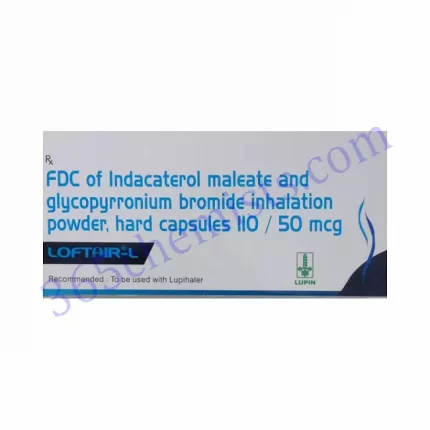Tazar 1.125gm Injection (Piperacillin/Tazobactam 125mg): A Potent Antibiotic Combination for Bacterial Infections
Piperacillin and tazobactam are the active components in the potent antibiotic medication known as Tazar 1.125gm Injection. This medication is administered via injection. For the treatment of a wide variety of bacterial infections, medical professionals frequently recommend it as an antibiotic. The purpose of this in-depth analysis is to provide an extensive summary of Tazar 1.125gm Injection, including its mode of action, indications, dosage, side effects, and precautions.
Mechanism of Action
Tazar 1.125gm Piperacillin is a broad-spectrum penicillin antibiotic, and tazobactam is a beta-lactamase inhibitor. Both of these ingredients are combined in the injection. It is through the inhibition of bacterial cell wall synthesis that piperacillin achieves its bactericidal effect. This, in turn, causes the integrity of the cell wall to be compromised, which ultimately results in the death of the bacterial cell. Tazobactam, on the other hand, boosts the activity of piperacillin by inhibiting the enzymes produced by bacteria that are capable of degrading penicillin antibiotics. These enzymes are responsible for the degradation of penicillin antibiotics. This combination offers a broader spectrum of activity against a diverse collection of bacteria that are susceptible to the treatment.
Indications
Tazar 1.125gm Injection is recommended for the treatment of a variety of bacterial infections brought on by organisms that are susceptible to the medication. The following are some of the most common contexts in which it is used:
- Infections Found Inside the Belly: 1.125 grammes of Tazar Intra-abdominal infections that are particularly difficult to treat, such as peritonitis and abscesses, respond well to treatment via injection.
- Infections of the Urinary Tract This medication is recommended for patients who have urinary tract infections that are particularly severe, such as pyelonephritis and other severe infections that affect the urinary system.
- Infections of the Skin and Soft Tissues: 1.125 grammes of Tazar Cellulitis, infected wounds, and other infections affecting the skin and soft tissues often respond well to treatment via injection.
- Infections of the Lower Respiratory Tract: It is utilised in the treatment of pneumonia, including hospital-acquired as well as ventilator-associated pneumonia.
Dosage
The severity of the infection, the patient’s age, and the patient’s renal function are the factors that are considered when determining the appropriate dosage of Tazar 1.125gm Injection. It is given to the patient via intravenous administration while they are monitored by a qualified medical professional. Piperacillin/Tazobactam is typically administered at a dosage of 3.375 grammes (1.125gm) on a six-to-eight hourly schedule for adults and children older than 12 years of age, unless otherwise specified by the healthcare provider. The dosage for children younger than 12 years old is modified according to the child’s body weight.
Side Effects
Tazar 1.125gm Injection has the potential to cause side effects, just like any other medication. Diarrhoea, nausea, vomiting, headache, and skin rash are some of the common side effects that patients report experiencing. These adverse effects are typically mild in nature and short-lived. However, it is imperative to speak with a healthcare professional in the event that they continue or become even worse. Extremely severe allergic reactions, such as anaphylaxis, have been known to be brought on by the administration of Tazar 1.125gm Injection. Seek immediate medical attention in the event that any signs of an allergic reaction manifest themselves, including but not limited to difficulty breathing, swelling, or hives.
Precautions
Before beginning treatment with Tazar 1.125gm Injection, it is important to inform the healthcare provider about any known allergies or sensitivities to penicillin antibiotics or beta-lactamase inhibitors. This is because Tazar can exacerbate these types of reactions. Patients who have a history of allergic reactions to these medications may have an increased risk of developing hypersensitivity reactions after receiving Tazar 1.125gm Injection. In addition, patients who have renal impairment or kidney disease should use Tazar 1.125g Injection with extreme caution and should adjust their dosage as recommended by their healthcare provider.
Conclusion
The powerful antibiotic combination known as Tazar 1.125gm Injection (Piperacillin/Tazobactam 125mg) is capable of treating an extensive variety of bacterial infections in an efficient manner. Tazar 1.125gm Injection has emerged as a useful weapon in the fight against bacterial infections thanks to its synergistic mechanism of action and broad spectrum of activity. However, it is essential to make prudent use of this medication, which includes adhering to the dosage that has been prescribed as well as taking into account the specifics of each individual patient. Always seek the counsel of a qualified medical professional for individualised recommendations and instructions regarding the use of Tazar 1.125gm Injection. This is standard practise.












